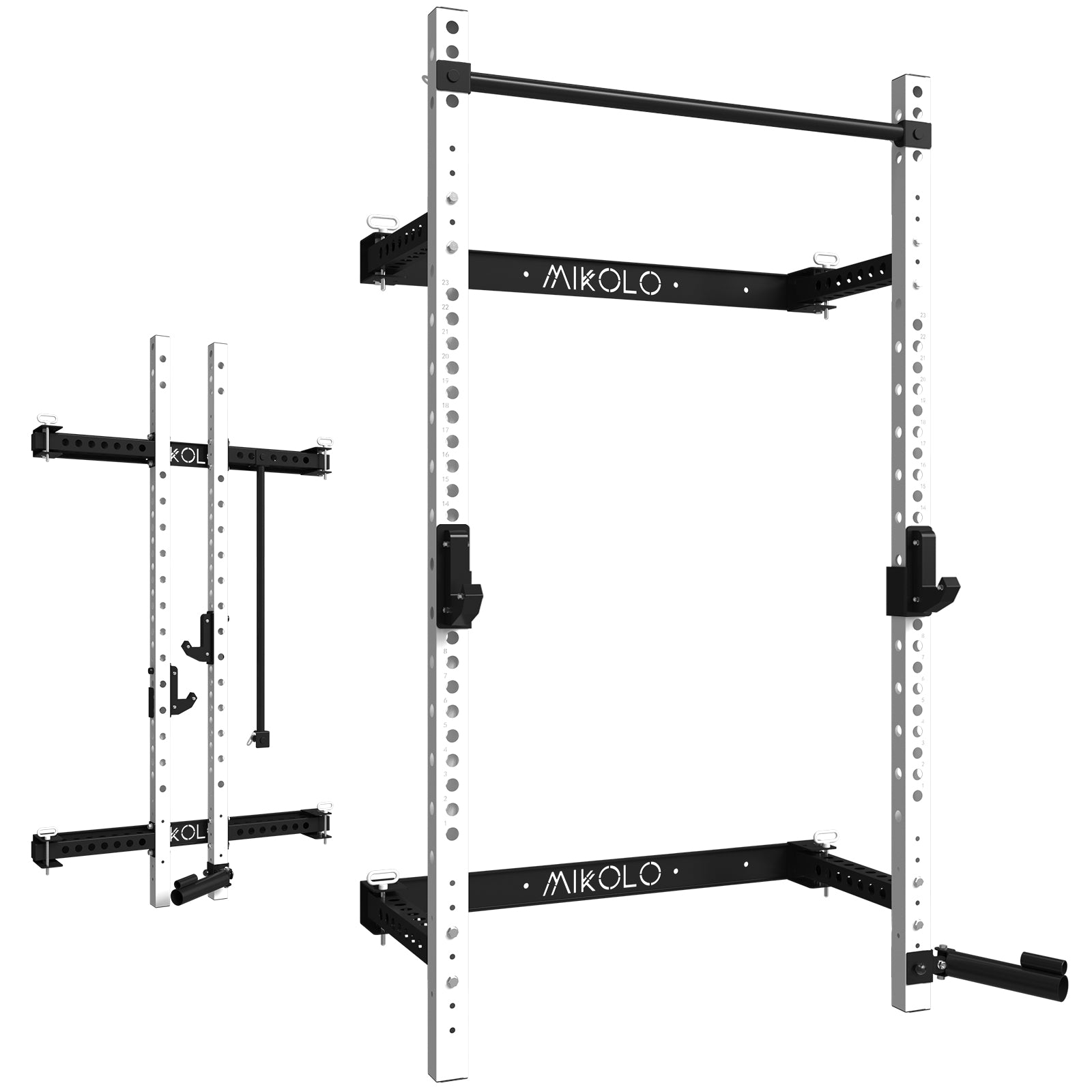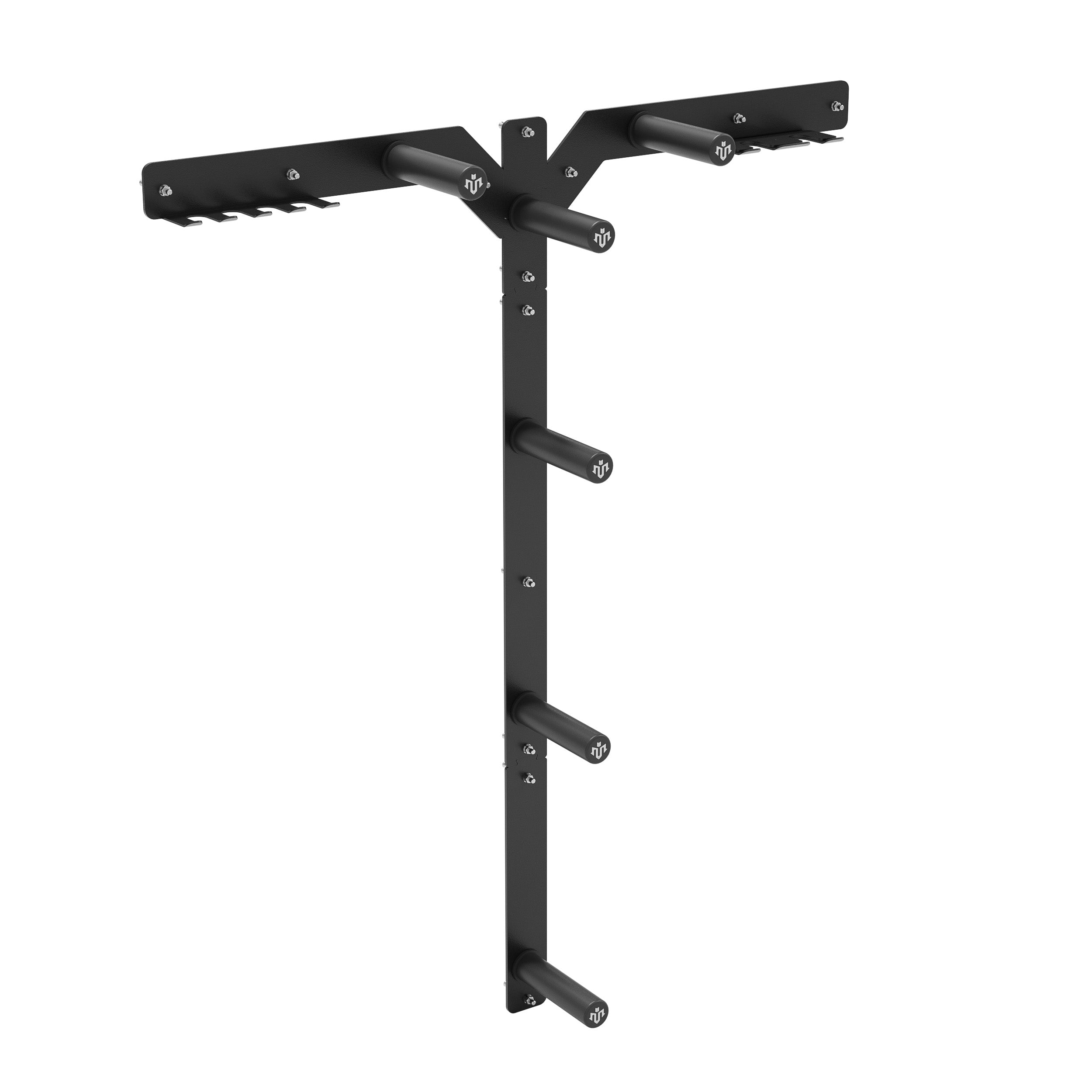The leg press has secured its place in gyms worldwide as a cornerstone lower-body movement. Whether you’re a beginner or an experienced lifter, questions often arise: Is leg press good? Is leg press effective? Does it build muscle the way squats do? This guide explores the science, the benefits, and the common concerns around the leg press, helping you decide if it deserves a spot in your routine.
What Makes the Leg Press Good?
-
Controlled Movement: The guided track reduces balance demands, letting you focus on pure leg strength.
-
Load Capacity: Machines often accommodate heavier weights than free-weight squats, promoting progressive overload.
-
Joint-Friendly: For those with back or hip issues, the seated or reclined position can be more comfortable than vertical squats.
These factors combine to answer the core question—is leg press good? For many lifters, its stability and safety margin make it an excellent complement to free-weight work.
Effectiveness: Does the Leg Press Work?
-
Muscle Activation: EMG studies show high quadriceps and glute engagement during leg presses.
-
Strength Gains: Research indicates comparable improvements in leg extension strength to barbell squats when volume and intensity are matched.
-
Training Variety: Adjusting foot placement shifts emphasis between quads, hamstrings, and glutes, allowing targeted development.
In other words, does leg press work? Yes—when programmed thoughtfully, it delivers substantial strength and hypertrophy benefits.
Muscle Building: Does the Leg Press Build Muscle?
-
Hypertrophy Potential: The leg press’s capacity for heavy loading and high reps makes it ideal for muscle growth.
-
Quad Focus: Placing feet lower on the platform intensifies quadriceps recruitment—perfect if you ask, is leg press good for quads.
-
Accessory Role: While you shouldn’t rely on a single movement, the leg press builds robust leg musculature when paired with complementary exercises.
So, does leg press build muscle? Absolutely—especially in the quadriceps and glutes.
Is the Leg Press Enough for Legs?
A common concern is is leg press enough for legs. In short: it covers the primary movers—quads, glutes, hamstrings—but neglects stabilizers like the hip abductors and core. For well-rounded development, pair it with movements such as:
-
Bulgarian split squats
-
Romanian deadlifts
-
Calf raises
This balanced approach ensures complete lower-body strength and functional fitness.
Comparing Squats and Leg Press: Is the Leg Press a Good Exercise?
-
Squat Advantages: Builds core stability, improves balance, and mimics real-world movement patterns.
-
Leg Press Advantages: Allows heavy loading with less technique complexity and lower spinal loading.
Thus, is leg press a good exercise? For isolating leg strength and adding volume without taxing the lower back, it’s highly effective. But it’s best used alongside squats, lunges, and deadlifts.
Evaluating the Machine: Is the Leg Press Machine Good?
When choosing your equipment, consider:
-
Platform Size & Angle: Horizontal versus 45° machines shift muscle emphasis.
-
Range of Motion (ROM): Machines with adjustable starting positions let you unlock deeper knee flexion.
-
Footplate Quality: A larger, textured plate prevents slipping during heavy sets.
These features determine if the leg press machine is good for your goals and body mechanics.
Making it Worth It: Is the Leg Press Worth It?
If you’ve wondered is leg press worth it, the answer hinges on your training priorities:
-
Strength & Hypertrophy Focus: Yes—especially for safely accumulating volume.
-
Functional Fitness Goals: Supplement with multi-joint, free-weight movements.
-
Rehabilitation & Prehab: The controlled environment can aid recovery and joint health.
When integrated thoughtfully, the leg press delivers value for both performance and injury prevention.
Latest Leg Press News and Innovations
Stay ahead by exploring recent advancements:
-
Variable Resistance Systems: Bands and chains integrated into the sled for accommodating resistance.
-
Digital Tracking: Machines now feature digital load displays and rep counters to monitor progress.
-
Biomechanical Adjustments: Ergonomic carriages that adjust to individual limb lengths, optimizing joint angles.
These innovations keep the leg press at the cutting edge of strength training.
Conclusion
The leg press remains a good workout for building lower-body strength, targeting quads, and safely handling heavy loads. While it shouldn’t fully replace compound free-weight movements, it’s an effective and worthwhile addition to any balanced leg routine. Whether you aim to maximize muscle growth, enhance rehabilitation, or simply diversify your training, the leg press offers proven benefits that stand the test of time.










































Leave a comment
This site is protected by hCaptcha and the hCaptcha Privacy Policy and Terms of Service apply.